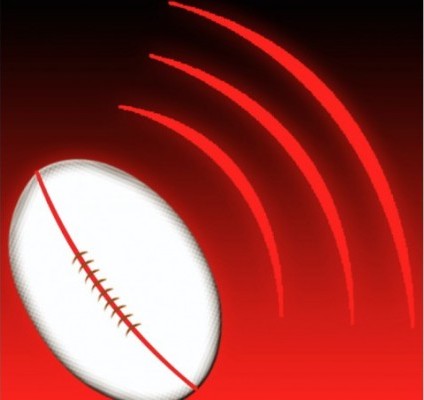New Laws Now in Place
New Laws Now in Place
February brings World Rugby’s adjustments to the Rugby Laws in the Northern Hemisphere.
Most of the changes this year as minor and won’t affect players all very much.
Front Row
The replacement laws for front row players have been changed only slightly and one part (uncontested scrums) separated out into its own section.
The law is that a team of 15 must have at least three front-row players, a squad of 16-18 must have four, a squad of 19-22 must have five, and a game day squad of 23 must have six.
Replacements
Added to the list of reasons a player who was subbed off may rejoin a match is “a player who has been injured as a result of foul play (as verified by the Match Officials).”
Additional Persons on the Field
Only non-players allowed on the field while play is going on must be medically trained, or permitted by the referee.
Advantage
When a scrum collapses and the referee sees there is no risk to injury, the referee can allow play to continue under the advantage law.
The referee cannot play advantage if the front row is lifted.
Conversion Kicks
7s players must take a conversion within 30 seconds of a try being scored (it used to be 40 seconds).
Unfair Play (The Dive Law)
Basically this says that if you fake being the victim of foul play, such as pretending you were punched, you will be penalized.
(Editor’s note: This is a sad development in the game that this has to go into the laws. Rugby has for decades prided itself on being a sport where you don’t fake it, but now in the professional era we are starting to see such things. This is an important one for young players, too, who might not know any better. If you pretend to be a victim, you will get a penalty.)
So now when a referee declares “Unfair Play” when making a call, you know what he or she means.
Throwing the Ball Forward
Just some language changing here. A forward pass remains a forward pass.
Blocking a Lineout Throw
Some language changing here. Basically it covers quick lineouts - you can’t stop a lineout throw from going 5 meters.
Forming the Scrum
Players need to form the scrum within 30 seconds. This is to prevent professional time-wasting.
There are some specifics on getting the front rows together that are really more important for coaches to teach and referees to know.
Wheeling the Scrum
There is no turnover when a scrum is wheeled. This was already the law in U19 and youth rugby, but is now the standard. If a scrum does not wheel but the ball doesn’t come out and the scrum tops moving, there can be a turnover.
Scrumhalf Offside at the Scrum
The scrumhalf who doesn’t put the ball in can’t step into the pocket between the flanker and the No. 8 anymore. (Insert sad-face here. There was nothing wrong with how this was before.) The non-put-in scrumhalf also has to stay behind the ball wherever it is in the scrum.
Ending a Scrum
The referee can urge a team to “use it” after they have the scrum won.
Mark for a Free Kick of Penalty
A player can take the kick from anywhere directly behind the referee’s mark, and at least five meters from the goal line.










